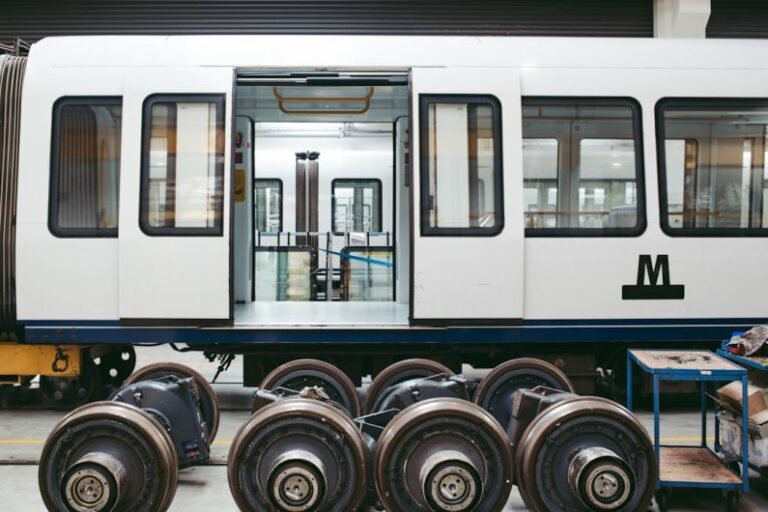Troubleshooting 101 for Tube Manufacturing Equipment
Tube manufacturing equipment plays a crucial role in the production process of various industries, from automotive to aerospace. However, like any machinery, these systems can encounter issues that disrupt operations and lead to costly downtime. In this troubleshooting guide, we will explore common problems that may arise with tube manufacturing equipment and provide practical solutions to keep your production line running smoothly.
Identifying Common Issues
When troubleshooting tube manufacturing equipment, it is essential to first identify the root cause of the problem. Some common issues that operators may encounter include:
Material Jams: One of the most frequent problems with tube manufacturing equipment is material jams. These jams can occur due to various reasons, such as improper material alignment, worn-out components, or inadequate lubrication.
Inaccurate Cutting: If the equipment is producing tubes with inaccurate dimensions or inconsistent cuts, it can lead to wastage and quality issues in the final product. This problem may stem from dull cutting tools, misaligned blades, or incorrect machine settings.
Power Fluctuations: Electrical issues, such as power surges or fluctuations, can impact the performance of tube manufacturing equipment, leading to malfunctions or unexpected shutdowns.
Leakage: Hydraulic or pneumatic leaks can result in reduced efficiency and performance of the equipment. Identifying and addressing leaks promptly is crucial to prevent further damage.
Solutions and Maintenance Tips
To address these common issues effectively and prevent future disruptions, consider the following solutions and maintenance tips:
Regular Inspection: Conduct routine inspections of the equipment to identify potential issues before they escalate. Check for signs of wear and tear, loose components, or leaks that may indicate underlying problems.
Proper Lubrication: Ensure that all moving parts are adequately lubricated to reduce friction and prevent material jams. Use high-quality lubricants recommended by the equipment manufacturer for optimal performance.
Blade Maintenance: Regularly inspect and sharpen cutting blades to ensure accurate cuts and prevent material wastage. Misaligned or dull blades can compromise the quality of the final product and lead to production delays.
Electrical Protection: Install surge protectors or voltage regulators to safeguard the equipment from power fluctuations. Additionally, ensure that the electrical connections are secure and free from corrosion to prevent electrical issues.
Seal Replacement: Address hydraulic or pneumatic leaks promptly by replacing worn-out seals or gaskets. Regularly inspect the seals for signs of damage and replace them as needed to maintain the equipment’s efficiency.
Training and Operator Guidelines: Provide comprehensive training to operators on the proper use and maintenance of tube manufacturing equipment. Establish clear guidelines for operating procedures, troubleshooting techniques, and safety protocols to prevent avoidable issues.
Emergency Response Plan: Develop an emergency response plan that outlines steps to take in case of equipment malfunctions or breakdowns. Ensure that operators are familiar with the protocol and have access to necessary resources for quick resolution of issues.
By implementing these solutions and maintenance tips, you can enhance the performance and longevity of your tube manufacturing equipment while minimizing downtime and production disruptions.
Troubleshooting Success: Keeping Your Equipment Running
Successfully troubleshooting tube manufacturing equipment requires a proactive approach to maintenance and a thorough understanding of the machinery’s operation. By identifying common issues, implementing preventive measures, and providing adequate training to operators, you can ensure that your equipment runs smoothly and efficiently. Remember, regular inspections, proper lubrication, blade maintenance, electrical protection, seal replacement, and operator guidelines are key elements in maintaining the optimal performance of your tube manufacturing equipment. With a well-defined emergency response plan in place, you can address issues promptly and minimize downtime, ultimately maximizing productivity and profitability in your manufacturing operations.






